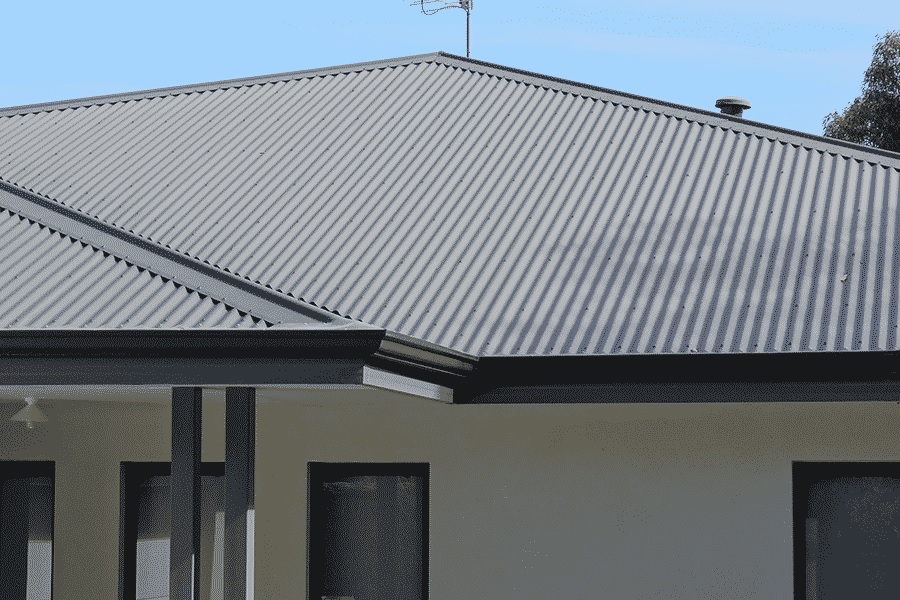When it comes to roofing, the installation process is critical to the overall performance, longevity, and safety of your home. A well-installed roof not only enhances curb appeal but also provides protection against the elements, ensuring that your home stays dry, comfortable, and structurally sound. However, improper installation can lead to costly repairs, leaks, and even premature roof failure. Whether you’re embarking on a DIY project or working with a professional roofing contractor, understanding the best practices for roofing installation can make all the difference. In this article, we’ll explore the top 10 installation tips for better roofing to help you achieve a durable, reliable roof that will stand the test of time.
1. Choose the Right Roofing Material
The first step to a successful roofing installation begins with selecting the appropriate roofing material. Various materials, from asphalt shingles to metal, slate, and tile, offer distinct advantages and are suitable for different climates, aesthetics, and budgets. Take time to assess the specific needs of your home and region. For example, if you live in an area with frequent snowfall, a metal roof may be an ideal choice due to its snow-shedding capabilities. On the other hand, a warmer climate might benefit from materials like clay or tile, which excel at insulating the home against extreme heat.
Tip: Consult with a professional roofer to understand which materials will offer the best balance of durability, cost, and aesthetics for your specific location and home type.
2. Ensure Proper Ventilation
Ventilation is one of the most often overlooked aspects of roofing installation. Adequate roof ventilation helps regulate temperature and moisture levels in your attic, preventing the buildup of heat and humidity. Without proper ventilation, heat can accumulate in the attic, causing premature aging of roofing materials, while excessive moisture can lead to mold and mildew growth. This imbalance can also increase your energy bills as your HVAC system works harder to maintain a comfortable indoor temperature.
Tip: Ensure your roof has both intake vents (located near the eaves) and exhaust vents (near the ridge of the roof). A balanced ventilation system will keep your attic cool and dry, prolonging the life of your roof.
3. Inspect and Repair the Roof Deck
Before installing new roofing materials, it’s crucial to inspect the roof deck for any signs of damage or deterioration. The roof deck is the foundation on which your roofing materials will sit, and if it is compromised, the integrity of the entire roof will be at risk. Look for rotting, warped wood, or signs of water damage. If any areas of the deck are damaged, they should be replaced before proceeding with the installation of new roofing materials.
Tip: Always replace damaged sections of the roof deck before beginning installation. A sound roof deck ensures a solid foundation for your new roof and reduces the likelihood of future problems.
4. Install Roofing Underlayment
Underlayment is a protective layer installed between the roof deck and the roofing materials, serving as an additional barrier against water infiltration. It is especially crucial in areas prone to heavy rain, snow, or ice. There are various types of underlayment, including asphalt-saturated felt, synthetic underlayment, and peel-and-stick options. Each provides a different level of protection, but all help to keep moisture from penetrating the roof structure.
Tip: Always install underlayment according to the manufacturer’s guidelines. Overlapping the underlayment correctly will create an effective water-resistant barrier, preventing leaks and water damage.
5. Use Quality Flashing
Flashing is used to seal joints, seams, and penetrations on the roof, such as chimneys, skylights, and vents. Proper flashing installation is essential for preventing water from seeping under the roofing materials and causing leaks. Flashing can be made from a variety of materials, including aluminum, copper, or galvanized steel.
Tip: Ensure flashing is properly installed around roof penetrations and at the edges of valleys and ridges. Pay special attention to corners, as they are often the most vulnerable points where water can enter.
6. Pay Attention to Roof Slope
The slope or pitch of the roof affects how water drains off the roof and can influence both the aesthetics and durability of your roof. A steeper slope allows water to flow more easily off the roof, preventing water pooling. On the other hand, roofs with a low pitch need special attention to ensure water doesn’t get trapped, especially in areas with heavy rainfall or snow. For low-pitched roofs, make sure to install a high-quality underlayment and consider materials designed for such applications.
Tip: Make sure to install your roofing materials in accordance with the recommended guidelines for your roof’s slope. For low-pitch roofs, opt for materials like modified bitumen or metal, which provide superior water resistance.
7. Secure Roof Edges and Corners
The edges and corners of your roof are vulnerable points where water is most likely to infiltrate. It’s important to secure these areas with the appropriate materials and techniques to prevent wind uplift and water damage. Use ridge caps, drip edges, and starter strips to secure the roof edges and ensure proper water flow off the roof.
Tip: Install drip edges along the eaves to direct water away from the fascia and into the gutters. This will help prevent water from seeping under the shingles and causing rot in the roof deck.
8. Avoid Overlapping Shingles Too Much
When installing shingles, it’s crucial to follow the manufacturer’s guidelines regarding the proper overlap. Too much overlap can result in wasted material and unnecessary weight, while too little overlap can leave the roof vulnerable to leaks. Each shingle should be aligned correctly and installed with the proper amount of overlap for optimal performance.
Tip: Double-check the placement of each row of shingles as you work, ensuring that the overlapping portions are consistent and that the shingles are securely fastened.
9. Ensure Proper Nailing
The nails used during installation must be of the right type and length to secure the shingles without damaging the roofing materials. Using nails that are too short or too long can cause the shingles to lift or, worse, result in leaks. Additionally, nails should be placed in the correct location—usually near the top edge of the shingles and just below the adhesive strip to ensure they hold securely without penetrating the shingle.
Tip: Always use the manufacturer-recommended type of nails and follow their guidelines on nail placement. This will help ensure that your shingles are securely fastened and reduce the risk of wind damage.
10. Consider Professional Help for Complex Roofs
While DIY roofing can be a satisfying and cost-effective project, some roofs are more complex and may require professional expertise. Roofs with steep slopes, multiple valleys, or intricate features such as skylights or dormers may be difficult for a novice to install. In these cases, it’s worth considering hiring a professional roofing contractor who has the experience and tools needed to complete the job safely and effectively.
Tip: If you are unsure about the complexity of your roofing project, consult with a roofing professional. A reputable contractor can offer guidance, ensure the job is done to code, and provide valuable expertise for more intricate roofs.
Conclusion
Roof installation is a critical aspect of maintaining the integrity of your home, and every step—from selecting the right materials to securing the shingles—plays a role in the performance and longevity of your roof. By following these top 10 installation tips, you can ensure that your roof is not only aesthetically pleasing but also well-equipped to withstand the elements. Whether you’re tackling a DIY project or working with professionals, taking the time to follow these best practices will result in a roof that provides lasting protection and peace of mind.

